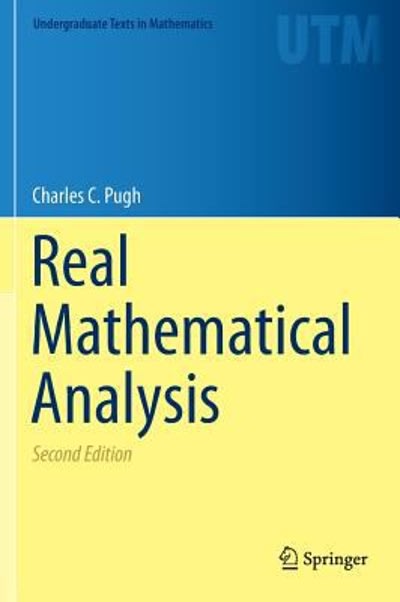Question
1. Open this dataset( https://canvas.ou.edu/courses/217293/files/39785325?wrap=1) Download this datasetin Excel. It offers some, relatively old but yet informative, sample evidence of airfare for a wide range
1. Openthis dataset( https://canvas.ou.edu/courses/217293/files/39785325?wrap=1)Download this datasetin Excel. It offers some, relatively old but yet informative, sample evidence of airfare for a wide range of air travel routes. Use Excel to estimate the parameters of the following population regression function:log_ticket_price=a+b*log_distance+u,whereuis the error term.
Ticket prices increase by ____% when distance between the origin and destination increases by 1%. (Note: your answer should be rounded up to only 2 decimal points).
answer_______
2. What is the lower limit of the 95% confidence interval for parameter b in the above regression function (Question No. 1)? (Note: your answer should be rounded up to only 2 decimal points).
answer_____
3. What is the upper limit of the 95% confidence interval for parameter b in the above regression function (Question No. 1)? (Note: your answer should be rounded up to only 2 decimal points).
answer____
4. What is the R-Square for the above model (Question No. 1)? (Note: your answer should be rounded up to only 2 decimal points).
answer____
5.Now use Excel to estimate the parameters of the regression function below:
log_ticket_price=a+b1*log_distance+b2*log_ave_daily_pass+b3*log_competition+u
All else being constant, the greater the demand for the airline route (i.e., the greater the value oflog_ave_daily_pass), the:
Group of answer choices (chose)
a. higher the ticket prices.
b. higher the ticket prices, though the relationship appears to be statistically insignificant (i.e., the population parameter is no different from zero).
c. lower the ticket prices.
d. lower the ticket prices, though the relationship appears to be statistically insignificant (i.e., the population parameter is no different from zero).
6. Consider your estimation results in Question No. 5. One can say that, conditional upon other covariates, greater competition is associated with:
Group of answer choices (chose)
a. lower ticket prices.
b. lower ticket prices, though the relationship appears to be statistically insignificant (i.e., the population parameter is no different from zero).
c. higher ticket prices.
d. higher ticket prices, though the relationship appears to be statistically insignificant (i.e., the population parameter is no different from zero).
7. What is the R-Square for the above model (Question No. 5)? (Note: your answer should be rounded up to only 2 decimal points).
answer_____
8. Let CORR1 be the unconditional correlation between log_ticket_price and log_distance. Also, let CORR2 be the conditional correlation between log_ticket_price and log_distance as estimated under the population regression function in Question No. 5. Lastly, let D be the difference between CORR1 and CORR2; i.e., D=CORR1-CORR2.
D is equal to:
Note: your answer should be rounded up to only 2 decimal points.
answer_____
9. Choose the correct statement below, considering your answer to Question No. 8.
Group of answer choices (chose)
a. For CORR1 and CORR2, we assume that none of the variables are stochastic.
b. For CORR1 we assume that both variables are stochastic, while for CORR2 we only assume that distance is stochastic.
c. For CORR1 we assume that both variables are stochastic, while for CORR2 we only assume that ticket prices are stochastic.
d. For CORR1 and CORR2, we assume that both variables are stochastic.
e. For CORR1 and CORR2, we assume that only distance is stochastic.
f. For CORR1 and CORR2, we assume that only ticket prices are stochastic.
Step by Step Solution
There are 3 Steps involved in it
Step: 1

Get Instant Access to Expert-Tailored Solutions
See step-by-step solutions with expert insights and AI powered tools for academic success
Step: 2

Step: 3

Ace Your Homework with AI
Get the answers you need in no time with our AI-driven, step-by-step assistance
Get Started


